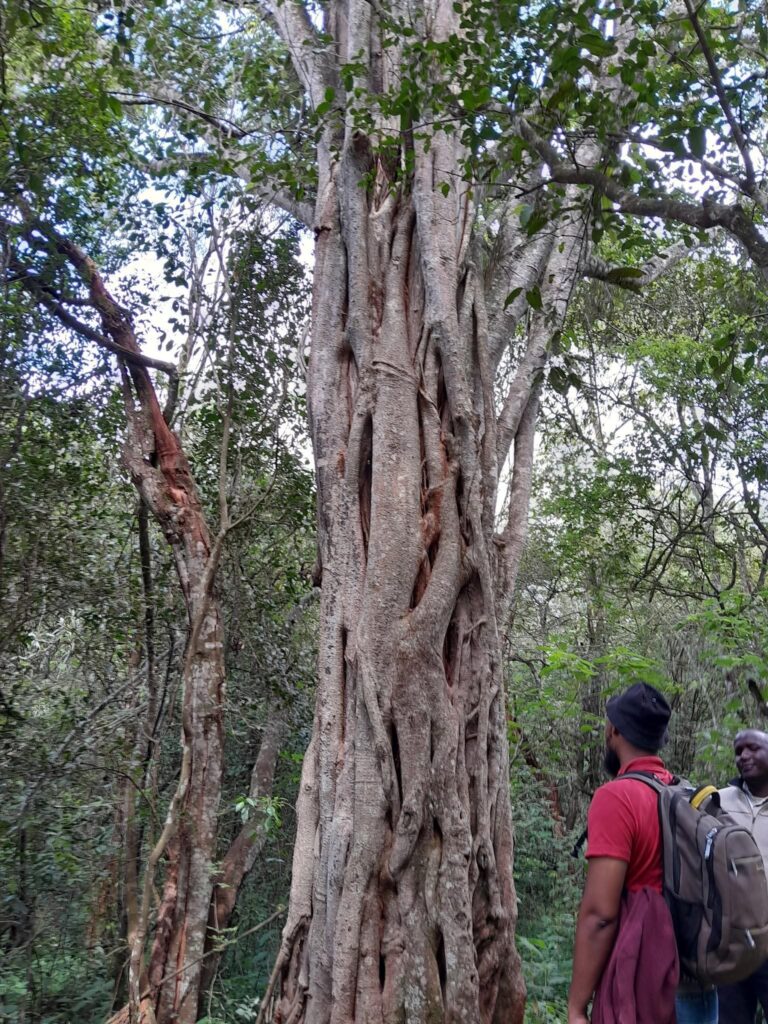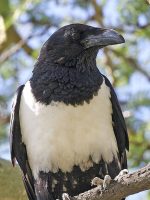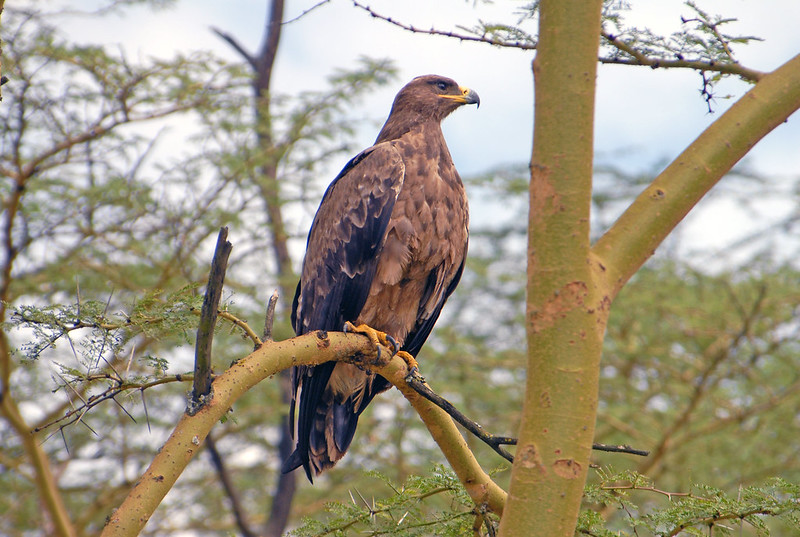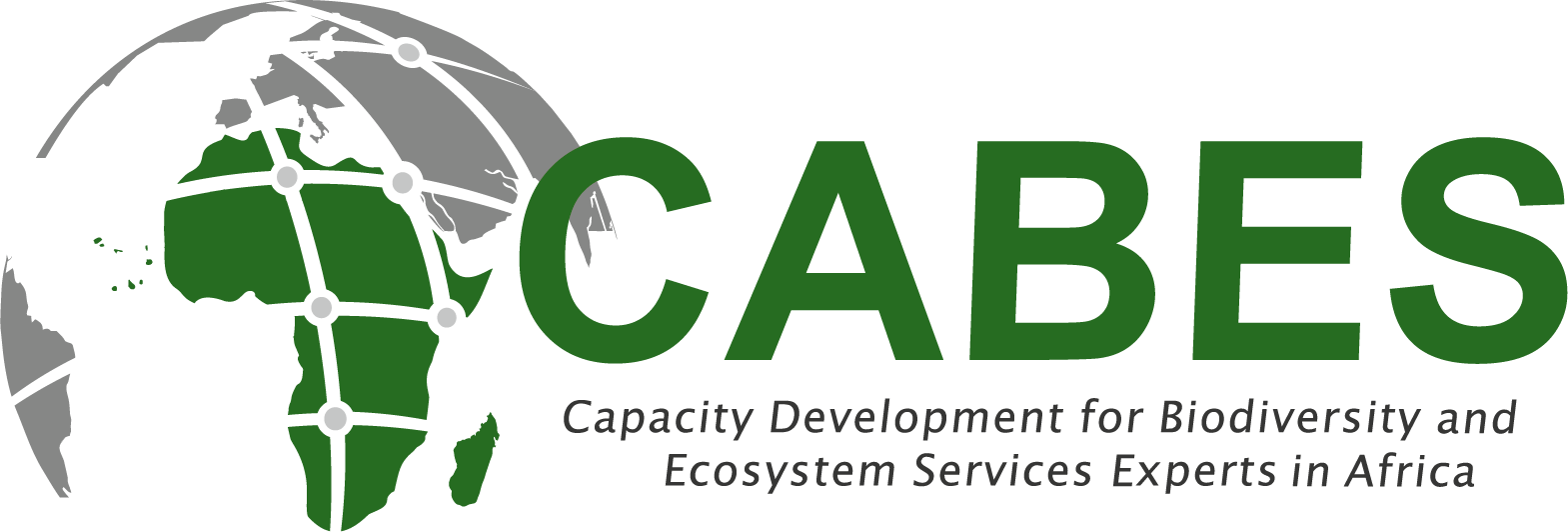Flight of meaning: birds as harbingers of ecosystem health
by Andrew Orina
The Giraffe Centre is a magnificent wildlife sanctuary in Nairobi, Kenya. This unique environment, nestled in the Nairobi dry highland forest, demonstrates the intricate interplay between wildlife, plants, and bird species. Birds have always played an important role in the cultural fabric of Nairobi, with local Nairobi communities attaching symbolic values to their presence and behaviour. Birds have long been revered as messengers and omens, and are believed to have spiritual connections to the natural world. Nairobians have developed a deep appreciation for the avian inhabitants of their surroundings, viewing them as indicators of the health and balance of the ecosystem in which they live.
The importance of birds in Nairobi’s cultural heritage
Birds have long been associated with Nairobi’s cultural legacy, often seen as harbingers of good fortune or warning signs of impending disaster. Nairobians have studied bird behaviours, songs, and migration patterns, interpreting them as signals of changing seasons, weather patterns, and even approaching events. For example, the appearance of certain migratory bird species, such as swallows or storks, was thought to herald the approach of rain or the change of seasons. Their presence brought with it the prospect of agricultural prosperity and a good harvest.
Recognising birds as indicator species
Indicator species are organisms whose presence, absence, or population changes provide vital information about the overall health of an ecosystem. Because of their sensitivity to environmental changes, their relatively short lifespans, and their diverse ecological requirements, birds in particular, are excellent indicators. Researchers and conservationists can learn a lot about the health of the ecosystems in which they live by closely monitoring bird numbers and behaviours. So, when I asked our guide, Mr Daniel Mutua, “Which bird is the best indicator of a healthy ecosystem?” he surprised me with his answer. He mentioned scavenging birds like the pied crow and the kite, as well as migratory birds. As I’ll explain later, the scavengers piqued my curiosity.

Figure 1 the majestic Ficus species at the Giraffe Centre. Photo credit Serwaa A.
The Pied Crow: a resident sentinel
The pied crow (Corvus albus) is a frequent visitor to Nairobi’s dry upland forest and Giraffe Centre. This intelligent and adaptable species acts as a sentinel, reflecting the overall biodiversity and environmental conditions within its range. Pied Crows are opportunistic omnivores that feed on a variety of foods including insects, small animals, and carrion. Their presence and population dynamics may reflect changes in prey availability, vegetation cover, and overall habitat quality. By monitoring pied crows, researchers can learn about the impact of human activities and habitat degradation on the Giraffe Centre’s environment.

Figure 2 The Pied Crow. Picture credit: Lip Kee

Figure 3 the Yellow Billed kite. courtesy of Peter Prokosch
A skyborne indicator: the Kite
Another species of bird that helps the Giraffe Centre assess the health of the ecosystem is the kite (Milvus spp.). These magnificent raptors are expert hunters, flying high above the forest canopy in search of small mammals, reptiles, and insects. Changes in habitat structure and food availability are particularly important to kites. Their abundance indicates a functioning ecology with an abundant prey base, well-preserved forest cover, and a healthy balance between predator and prey populations. A decline in kite numbers, on the other hand, could indicate habitat fragmentation, declining prey availability, or other ecological imbalances that require attention and conservation efforts.
Migratory Eurasian birds: a global link
The Giraffe Centre in Nairobi is also an important stopover point for Eurasian migratory birds on their annual migration. Swallows, storks, and raptors, for example, fly thousands of kilometres across continents, integrating ecosystems and playing critical roles in pollination, seed dispersal, and pest control. Their arrival and departure patterns can reveal important information about the overall health and integrity of the migratory route. Any disturbance or disruption to the Giraffe Centre, such as habitat degradation or reduced food supply, could affect the survival and well-being of these migratory birds, highlighting the importance of global conservation efforts.
Implications for conservation
With its many bird species, Nairobi’s Giraffe Centre provides an insight into the delicate web of life that creates a healthy ecosystem. Scientists and conservationists can acquire insights into the overall health of this unique environment by closely monitoring and studying indicator bird species such as the pied crow, kite, and Eurasian migratory birds. Any negative changes in bird populations can act as an early warning indicator, motivating conservation action to safeguard the delicate balance of the Giraffe Centre.
Understanding the critical role of birds as indicator species not only allows us to assess the health of the ecosystem, but also emphasises the importance of protecting and restoring habitats to ensure their continued presence. We contribute to the conservation of the Giraffe Centre’s unique biodiversity by valuing and protecting these bird sentinels, ensuring their survival for future generations to appreciate and enjoy.
References:
BirdLife International (2021) Corvus albus. The IUCN Red List of Threatened Species 2021: e.T22706050A184269308. https://dx.doi.org/10.2305/IUCN.UK.2021-1.RLTS.T22706050A184269308.en
Mwambu, T., & Aronson, J. (2016). Breeding populations of the Black Kite, Milvus migrans migrans, in Kenya and the roles of transhumance and rainfall Bird Study, 63(1), 75–85. doi: 10.1080/00063657.2015.1131473
